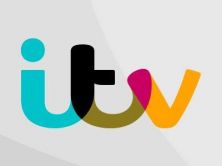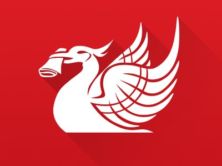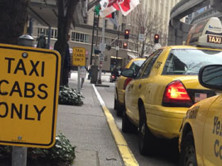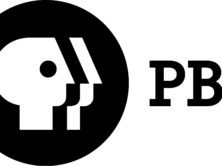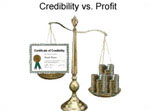
| The newly released 2004 State of The News Media 2004 Journalist Survey, a project of the Pew Research Center for the People and the Press and the Project for Excellence in Journalism and the Committee of Concerned Journalists finds many in the media pessimistic about their future.
Jennifer Saba of Editor & Publisher writes: “More than half of all national journalists (51%) and almost as many local journalists (46%) believe that their profession is off the mark and headed down the wrong path, according to a comprehensive study released today by The Pew Research Center, The Project for Excellence in Journalism and The Committee of Concerned Journalists. The study surveyed 547 national and local journalists from print, online and broadcast media.” Economic pressures seem to be having a growing influence in the newsroom. Washington Post’s Howard Kurtz reports: “What the report calls a “crisis of confidence” permeates the findings. Two-thirds of national media staffers, and 57 percent of the locals, believe that profit pressures are seriously hurting news coverage. Nearly half of national journalists say the press is too timid. Almost two-thirds say there are too many cable talk shows. But despite the Jayson Blair scandal at the Times and the Jack Kelley debacle at USA Today, only 5 percent of national journalists (and 6 percent of locals) see ethics or a lack of standards as the biggest problem in the business. About three-quarters say plagiarism is being exposed more often but hasn’t increased. And there’s a definite generation gap. Only 1 in 10 journalists under 35, but a third of those over 55, say credibility is the industry’s biggest problem.” Kurtz adds, “One interesting split: While 57 percent of media executives say the profession is headed in the right direction, 54 percent of reporters say things are on the wrong track.” “The bottom line, says [Pew Director Andrew] Kohut: “The press is an unhappy lot. They don’t feel good about our profession in many ways.” Furthermore, the findings give ammunition to those claiming the media has a liberal bias. Mark Jurkowitz of the Boston Globe writes, “Most of the respondents declared themselves political moderates, but the percentage of national journalists who described themselves as liberal rose from 22 percent in 1995 to 34 percent in 2004, while the ranks of liberal local journalists jumped from 14 percent to 23 percent. Only 7 percent of national journalists and 12 percent of local journalists described themselves as conservative.” “What you’re seeing is a profession that is majority moderate, but more liberal than conservative. What’s different here is that the trend line is more liberal,” says Tom Rosenstiel, director of the Project for Excellence in Journalism. “We clearly need to think about getting more conservatives in the newsroom.” “It confirms our fears that the mainstream media are not getting less liberal,” said Brent Baker, vice president of the Media Research Center, a conservative watchdog group. One explanation, Baker added, is that journalism “inherently attracts people unhappy with society’s . . . status quo [who] still see the news media as a vehicle to change society.” The survey can be found at the Stateofthemedia.org or the Pew’s Center’s website. A .pdf version of the report is available at www.stateofthenewmedia.org/prc.pdf |

